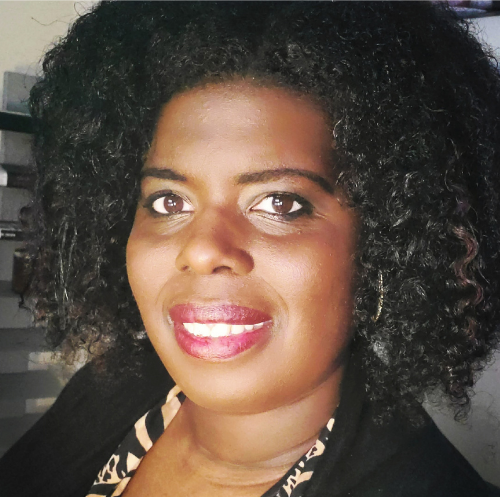For an alternative viewpoint, see Point: If Roe Is Overturned, Children, Women and Science Will Be Respected Once Again.
Roe v. Wade didn’t create abortion and overturning it won’t stop abortions. In fact, the procedure was practiced regularly — and safely — in America before the country even existed. But Roe isn’t about abortion. It’s also not about religion, morality or saving lives. Plainly, it’s about controlling women.
You just need to look back in our history to find the proof. The anti-abortion movement in the United States wasn’t founded as some moral crusade; it was started by physicians in the mid-1800s to consolidate control over the medical profession from competing providers — namely, midwives. It shouldn’t come as a shock that a movement to restrict women’s rights was born from a group of men who sought to suppress women’s rising power.
Later in the 19th century, it became a cause célèbre for White supremacists and xenophobes, who wielded it like a weapon to combat growing immigrant populations by turning women into baby factories, ensuring white birth rates would increase. And though the movement has shapeshifted through the years, conveniently changing the convictions behind their cause to pander to the masses — one thing remains the same: women’s lives will always be in danger in a society that feels threatened by women’s power.
So, when asked what a post-Roe world could look like if it’s overturned, I think it’s safe to say it will be the closest anyone will get to experiencing time travel.
The draconian bills that passed in Texas, Florida and other states are akin to revving the engine of a race car; overturning Roe will launch it from zero to an out-of-control 100 mph, giving states the green light to annihilate a woman’s right to bodily autonomy.
With an estimated 69 percent of the population opposed to overturning Roe, some states have committed to upholding abortion rights — with some going as far as to add it to their constitutions. But, the many states that already have plans in place to ban the practice are on a collision course to inflict irreparable harm to some of their most vulnerable residents.
According to the Guttmacher Institute, approximately 75 percent of women who seek abortion services are low-income. Abortions have always been available to those with money, even before Roe was decided in 1973. Millions of abortions were performed annually in the immediate years preceding the decision, but outcomes were strikingly different along clear racial and economic lines. A study of low-income women in New York in the 1960s found that of those who had abortions, 77 percent said they tried a self-induced procedure, with only 2 percent reporting any involvement by a physician. One analysis by the Centers for Disease Control estimated that “from 1972 to 1974, the mortality rate due to illegal abortion for non-White women was 12 times that for White women.”
The Turnaway Study, a comprehensive multi-year study that examined the effects of unwanted pregnancies on women and children, concluded that women who were “denied an abortion had almost four times greater odds of a household income below the federal poverty level and three times greater odds of being unemployed.”
The research also concluded that women who are denied abortions are more likely to stay with a violent partner, suffer from depression and other mental health challenges, and experience long-term physical health problems. For centuries, women have had to claw their way through systems of oppression just to get close to the same starting line as men (we’re still not there); being forced to carry an unwanted pregnancy robs a woman of her chance at personal, professional or economic fulfillment.
This is especially devastating for women of color who also have to combat systemic and generational racism and the trauma that accompanies it. Restricting or eliminating access to abortion can be the difference between life and death for women of color and those living in marginalized communities because it fortifies the inequitable systems that trap them — and their families — into perpetual cycles of abuse, poverty and injustice.
But overturning Roe isn’t even just about Roe itself; it’s about setting the stage for more dangerous proposals that could expand the government’s control of women’s lives, piece by piece. Some states are using the chaos from the abortion debate as cover for proposing (and passing) legislation to limit access to birth control.
Lawmakers in Missouri, for example, recently debated cutting Medicaid funding for birth control. The debate followed statements by some of the stars of the right-wing, like Rep. Marjorie Taylor Greene and Justice Brett Kavanaugh, who intentionally mischaracterized contraceptives as causing abortions. This growing movement, which — just like the anti-abortion movement, isn’t grounded in science or facts — is trying to equate birth control with abortions. This would be ridiculous if it weren’t such a terrifying point of view — one that is gaining more support on the right.
Pushing America back to 1973 isn’t enough for some; they want to hurdle the country back to 1964 before Griswold v. Connecticut legalized birth control. It’s a slippery slope, so what’s after that? We already know what a post-Roe world will look like because it’s been well-documented for more than a century; it will be a world where being a woman’s life is valued less than exerting power over it. A society that controls women’s bodies, futures and economic potential can never be considered “pro-life.”


